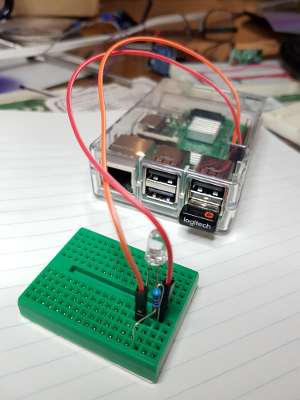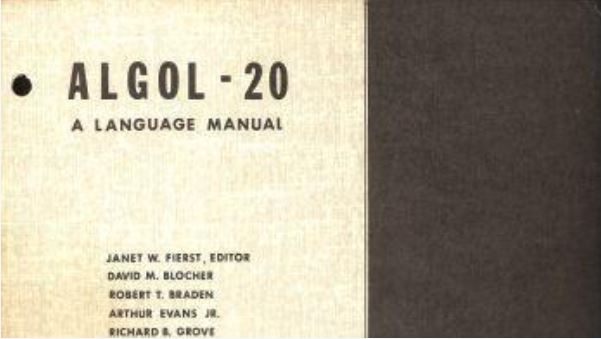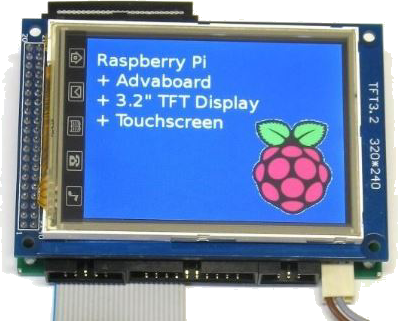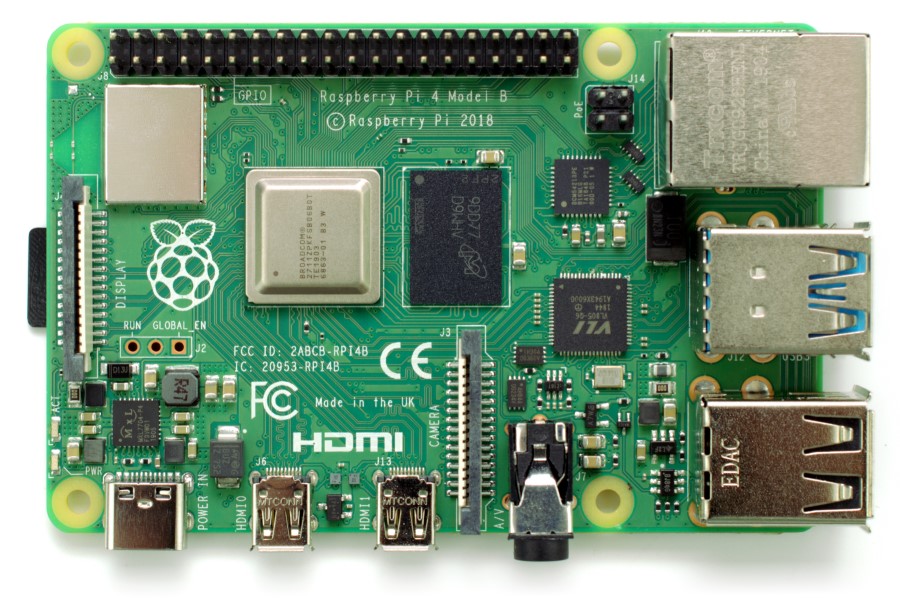
I decided to build my own Raspberry Pi music player using Python, as the available players didn’t really do what I wanted. This is Python at the beginner level, and the saga of making the player. Mostly it is about the little things in Python that caused me to stumble for a while. The music player is functional, the interface isn’t elegant, and I learned a few things about Python programming. – Don
9:30-10a Cocktails & Conversation (virtual)
10a Presentation
Here are Don’s presentation .pdf and(change to .py) .txt file.
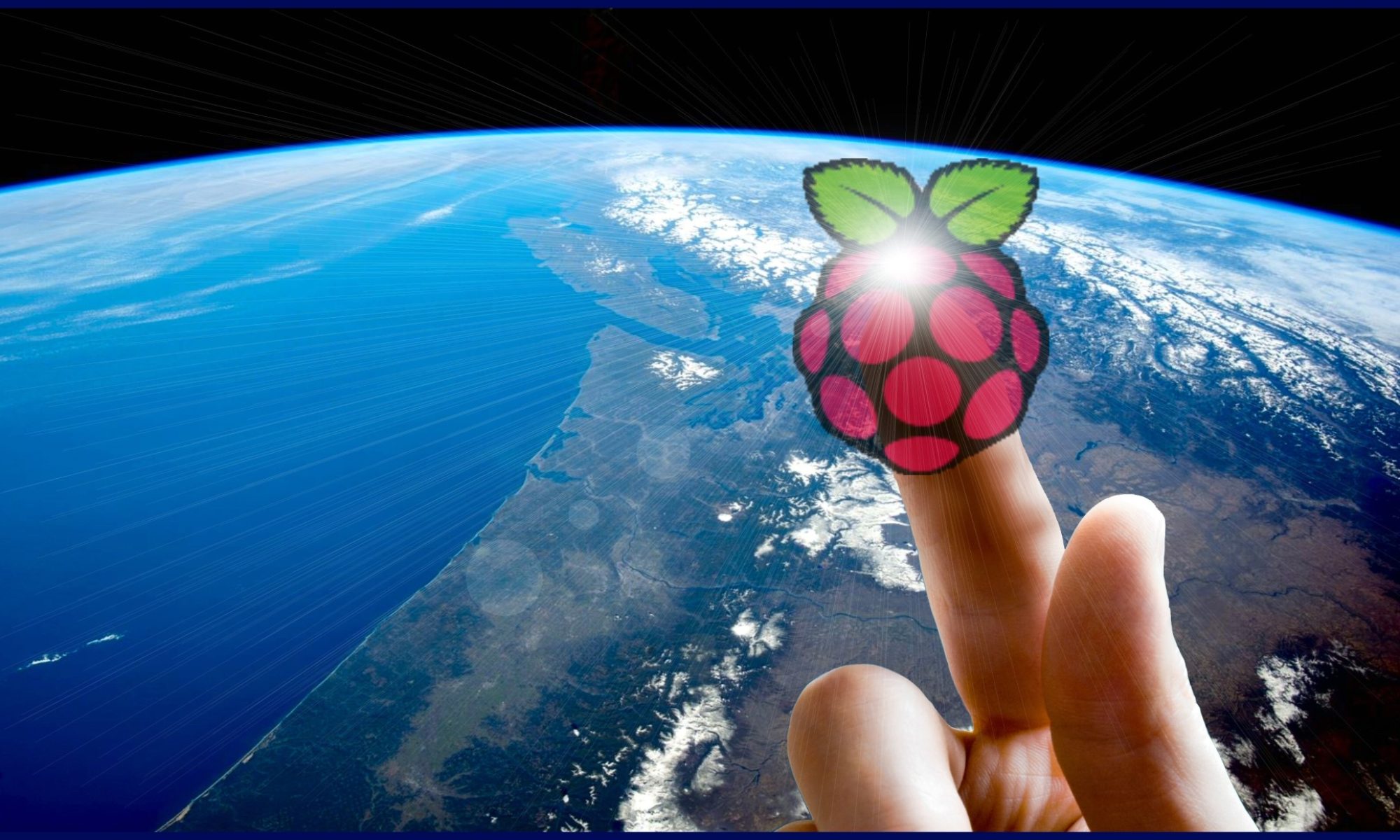
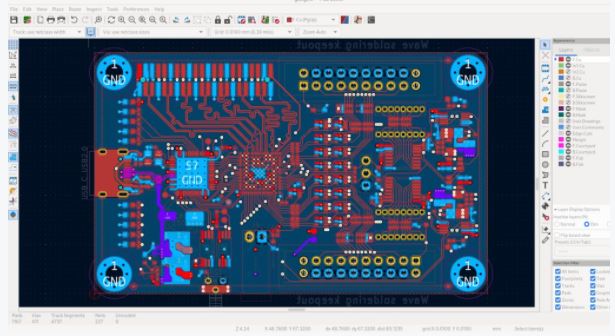
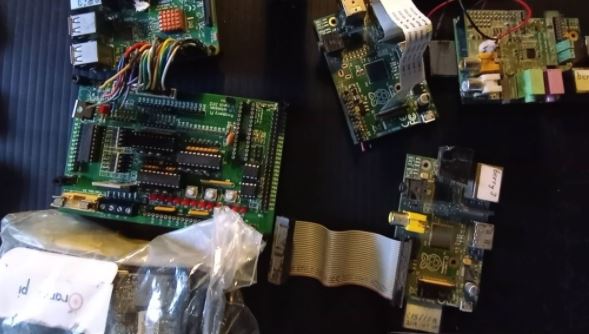

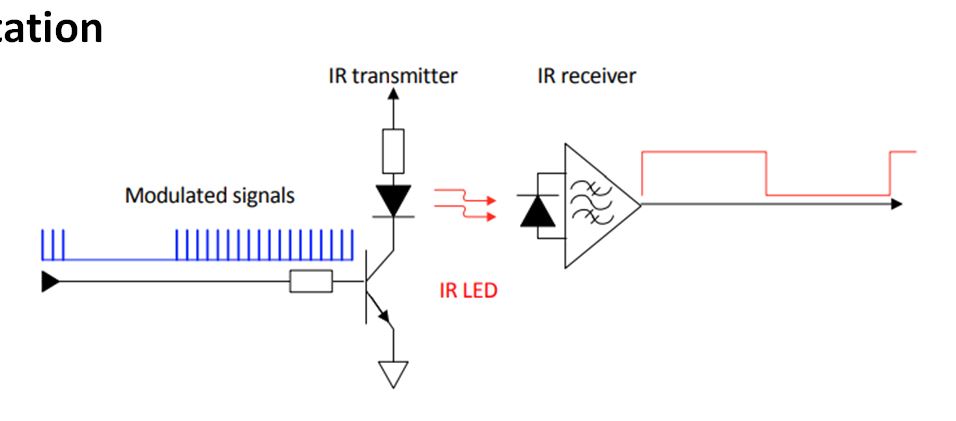
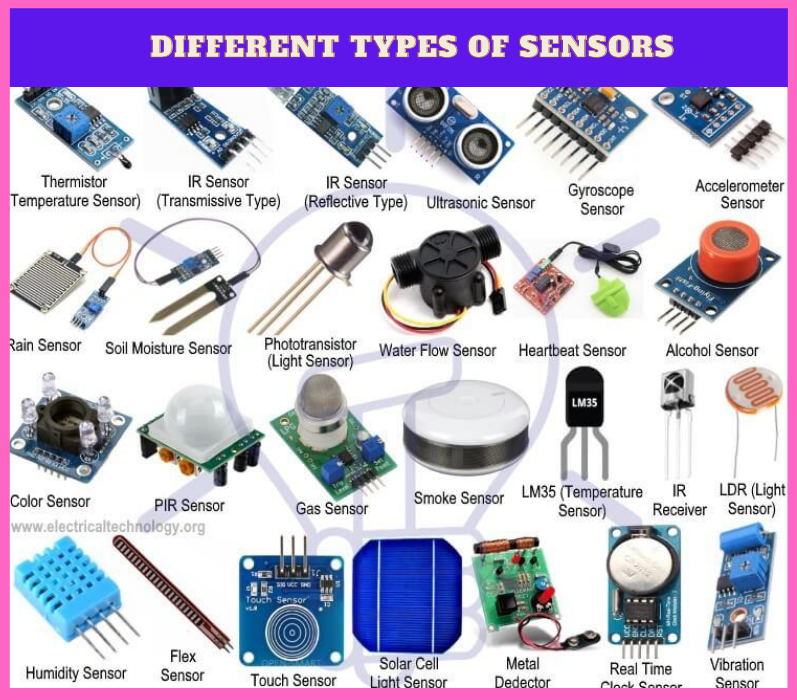
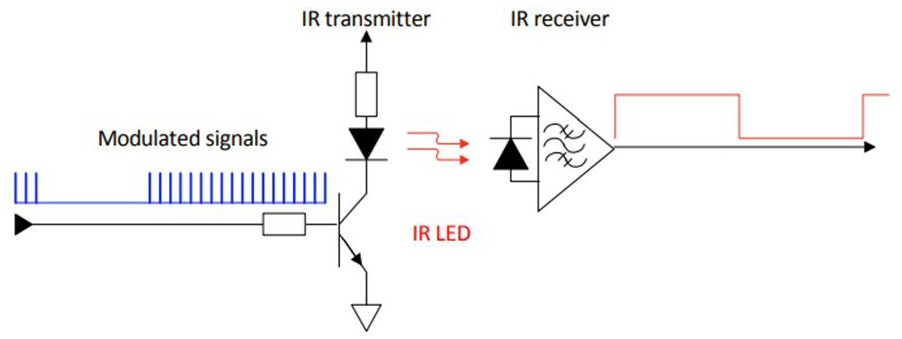

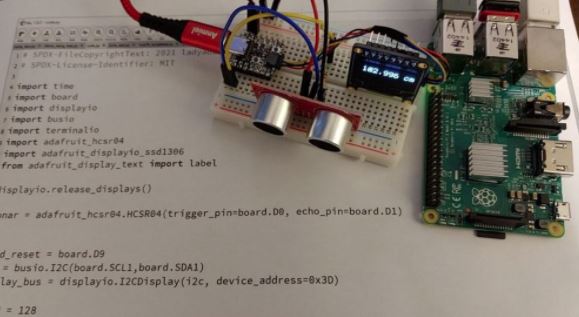
 9:30-10a Cocktails & Conversation
9:30-10a Cocktails & Conversation